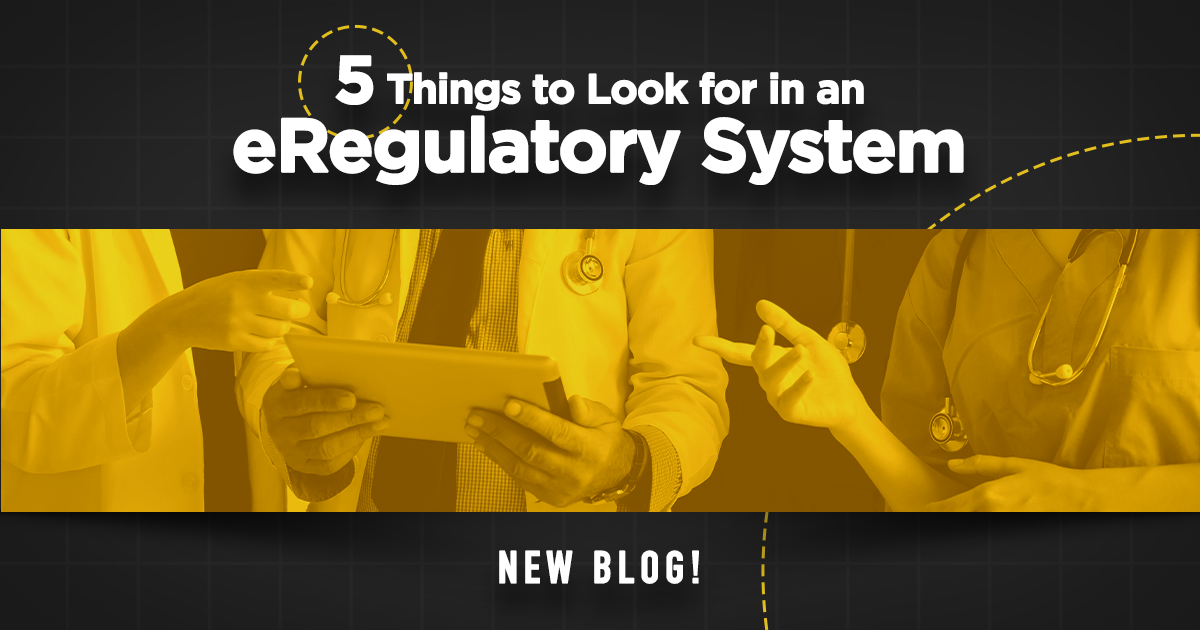Due to increasing demand and shift to paperless research systems, it is vital to ask the right questions when searching for a site-based eRegulatory system. Sites can utilize eRegulatory systems to streamline regulatory processes, maximize cost-effectiveness, and make study information more accessible. These are some basic questions to ask when searching for an eRegualtory system.
What should I look for in an eRegulatory system?
Comparing the features and capabilities of eRegulatory systems is critical. Below are some essential things to consider as you evaluate various eRegulatory systems available:
User Experience
User experience can make a huge difference when accessing your eRegulatory files. An eRegulatory system should provide an intuitive and user-friendly experience. Everything from navigation, document versioning, eSignatures, and more are all features that make the user’s job easier.
Monitoring Portal
Today, a remote-monitoring portal in clinical trials can be an excellent benefit for all parties. These portals allow sites to upload regulatory documents for remote review, provide for query management, document versioning, document downloads, and more.
Secure Centralized Filing
An essential factor to consider is the safety of your documents. Your eRegulatory system should highly secure and meet or exceed all industry standards for data hosting and security. These standards include data encryption, redundant storage, robust back-up systems, disaster recovery planning, third-party penetration testing, and more.
Compliance with Part-11 and HIPAA
Your eRegulatory system should meet FDA Part-11 and HIPAA compliance, which includes essential features such as user audit trails, software validation, compliant eSignatures, and much more. These compliance standards are verified by the FDA and must be present during an audit.
Customer Support
When making the switch to paperless eRegulatory systems, you need guidance and support to ensure a smooth transition. Ensure that your vendor not just claims to provide excellent support but has numerous customer references to back it up. Additionally, all training and support services offered by the vendor should be clearly defined in your software agreement.
When choosing an eRegulatory system, ask for a complete demo. A full demo can give you a solid understanding of the features, capabilities, and user-friendliness of the software and upcoming features on the vendor’s product roadmap. Finally, before signing, look out for hidden storage fees or long-term, binding contracts.
User-friendly features, excellent customer support, and remote-monitoring capabilities are the tip of the iceberg when it comes to RealTime-eDOCS as an eRegulatory system. If you are interested in scheduling a free demo of RealTime-eDOCS, an industry-leading eReg solution, give us a call at (210) 852-4310 or click below!


